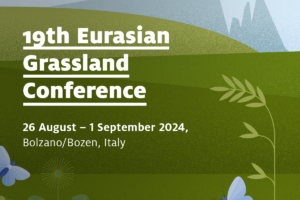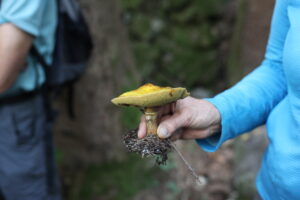Mosses are spore plants and were the first plants to conquer the mainland more than 400 million years ago. They follow entirely different life strategies than flowering plants and have a variety of mechanisms that allow them to inhabit even inhospitable environments. Except in the sea, mosses are found in all habitats. They are an important element of a healthy ecosystem. Among other things, they have the ability to store large amounts of water and release it slowly into the environment. Therefore, they increase air humidity, which is particularly important in times of increasing warming, representing a significant ecosystem service. They are pioneers and also allow other organisms to settle. Moss cushions and moss carpets are a species-rich microcosm that often reveals its diversity only under the microscope. Mosses also regulate the nutrient balance of an ecosystem and influence the germination of vascular plants. They can grow on the ground, on trees, rocks, and walls, increasing the biodiversity of habitats. The protection of mosses is therefore important for many reasons. In addition to international laws that affect only a few species, habitat protection is particularly effective for mosses.
Dr. Harald Zechmeister, an associate professor and researcher at the Department of Botany and Biodiversity Research at the University of Vienna, has been working with mosses for over 40 years, from floristics to bioindication to questions of moss protection.
The event can also be followed online on the Museum’s YouTube channel.



